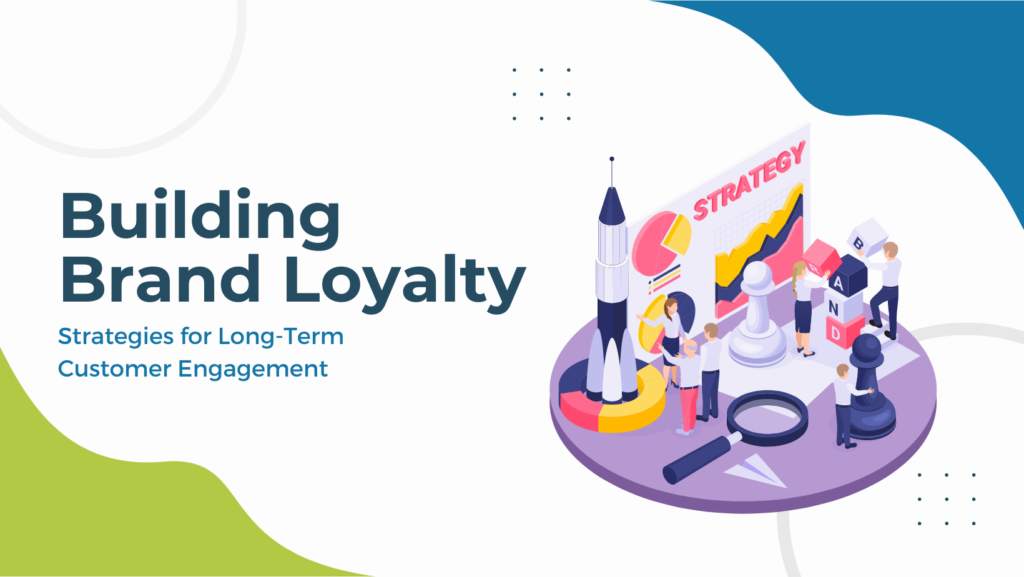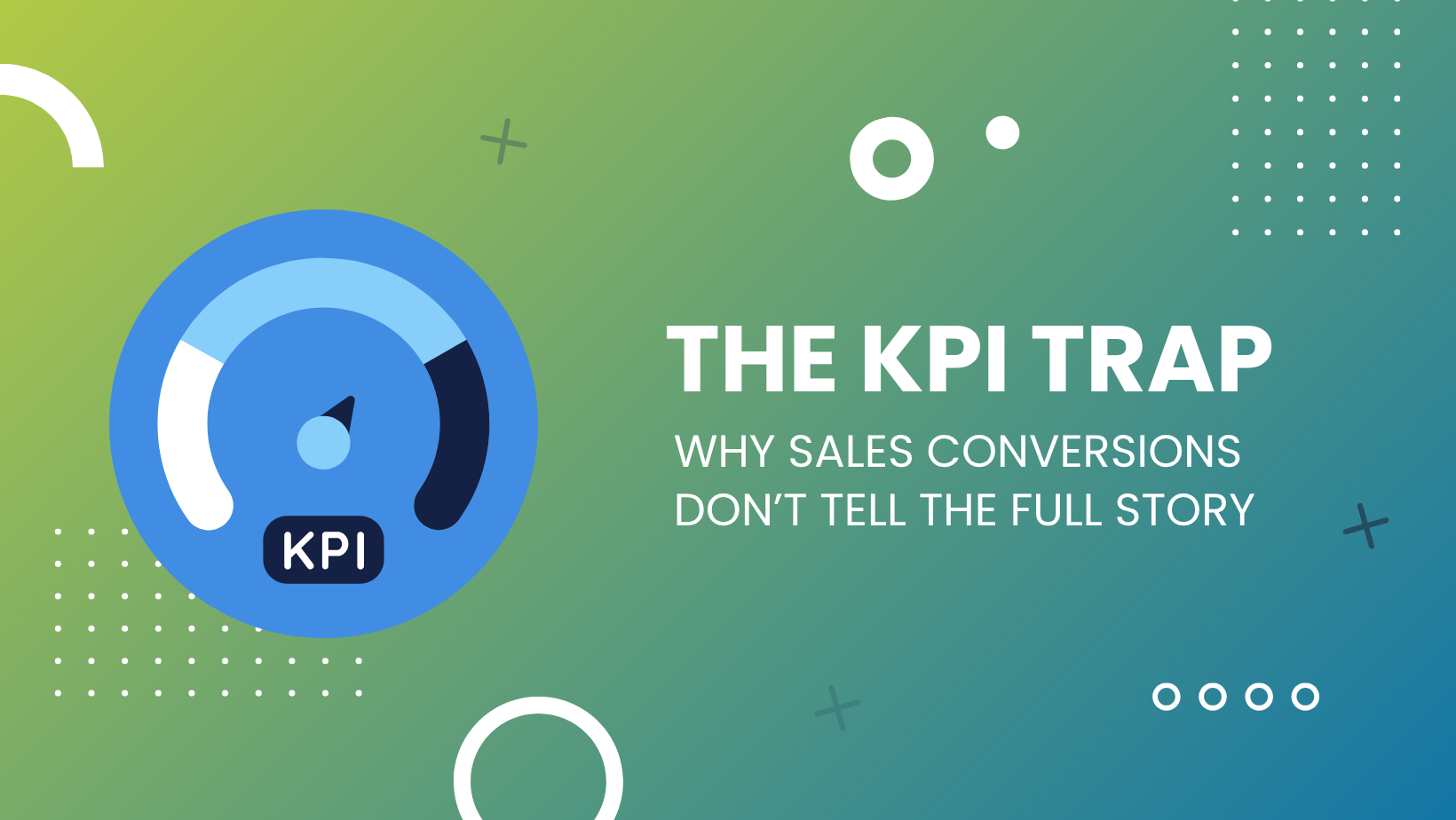Building Brand Loyalty: Strategies for Long-Term Customer Engagement

In today's market, building brand loyalty has become more important than ever before. With new competitors entering the market every day, it's critical for businesses to focus on long-term customer engagement. The challenge is to create a loyal customer base that keeps coming back for more. This can be achieved through a variety of strategies, including providing excellent customer service, offering loyalty programs, building an online community, and more. In this blog post, we'll explore these strategies in depth and provide tips on how to effectively implement them.
- Exceptional Customer Experience
A paramount factor in building brand loyalty is curating a superior customer experience. It's essential to understand that customers are not merely purchasing a product or service; they are buying an experience. Every touchpoint, from initial contact to post-purchase interactions, plays a significant role in shaping their perception of your brand. Even the smallest details — how user-friendly your website is, the tone of your customer service communications, or the packaging of your product — can significantly impact the customer's experience. Therefore, investing in creating a seamless, enjoyable, and memorable customer journey before, during, and after the initial purchase will foster stronger brand loyalty. - Excellent Customer Service
One of the best ways to build brand loyalty is by providing excellent customer service. Customers are more likely to become loyal to a brand if they receive personalized attention, quick response times, and efficient problem-solving. Brands should focus on ensuring that their customer service team is trained to provide excellent service and that all customer inquiries are addressed promptly. This helps create a positive customer experience, which is essential for building brand loyalty. - Consistent Brand Identity
Consistency in branding is essential for building brand loyalty. Customers should be able to recognize a brand easily and be familiar with the brand's values, mission, and unique selling points. All marketing materials should reinforce the brand's message and image. This helps to create a cohesive brand identity that customers can connect with and trust, leading to greater brand loyalty.Maintaining a consistent visual identity across both print and digital materials is crucial for building a strong and recognizable brand.- Brand Recognition: Consistency in design elements, such as colors, fonts, logos, photography, and overall aesthetics, helps customers and audiences easily recognize and associate your brand with its products or services. This recognition fosters trust and loyalty.
- Unified Brand Story: Your brand's story, mission, and values should be communicated consistently to your audience. Having a uniform message, look, and story across all materials ensures that your brand's narrative is conveyed accurately and cohesively.
- Memory Retention: People remember visual elements more easily than text. Consistent visual elements help imprint your brand's image and message in the minds of your audience, making them more likely to recall and engage with your brand in the future.
- Engaging Content and Storytelling
Brands that master the art of storytelling can forge deeper connections with their customers by providing meaningful, relevant, and engaging content. Storytelling can take many forms, such as sharing the brand's journey, highlighting customer success stories, or explaining how products are made. The key is to create compelling narratives that resonate with the audience's values and aspirations. This not only makes the brand more relatable but also fosters emotional connections, encouraging customers to become loyal brand advocates. The content should be regularly updated and shared across various platforms to reach a broader audience and keep the brand top of mind. - Loyalty Programs and Incentives
Another effective way to build brand loyalty is by offering loyalty programs. Design your programs to incentivize customers to keep coming back. Incentives can include rewards for loyalty, such as discounts, exclusive access, and/or freebies. Make sure that the loyalty program is easy to use, and the rewards are relevant to the customer's needs. The program should also be marketed effectively to ensure that customers are aware of it and feel encouraged to participate. - Building a Community
A strong online community can be an excellent tool for building brand loyalty. Social media and other online platforms provide an excellent opportunity for brands to connect with their customers on a personal level. By building an online community, brands can create a space for customers to share their experiences, connect with other customers, and engage with the brand. This helps to create a sense of belonging that can lead to long-term brand loyalty. - Social Responsibility and Ethics
In the modern business landscape, demonstrating social responsibility and adhering to ethical practices isn't just noble, but also contributes significantly to brand loyalty. Consumers are increasingly aligning their buying decisions with their values, and they gravitate toward brands that exhibit a commitment to issues such as environmental sustainability, charitable giving, fair trade, and equality. When a business acts ethically, it builds trust and shows that it values more than just acquiring profits. By incorporating social responsibility and ethical practices into their operations and effectively communicating these efforts to their customers, brands can foster deeper connections, enhancing customer loyalty.
How to Measure Brand Loyalty
Measuring brand loyalty is as crucial as the strategies put in place to build it. Several key metrics can effectively indicate levels of brand loyalty, including purchase frequency, customer churn rate, Net Promoter Score (NPS), and customer lifetime value (CLTV). Purchase frequency and customer lifetime value give insight into how often customers return and how much they spend over a given period. High values signify strong loyalty. The churn rate, on the other hand, reveals how many customers leave the brand over time; a low churn rate is desirable. NPS is a powerful tool that measures customer willingness to recommend the brand to others, which often correlates highly with loyalty. Lastly, customer feedback and reviews, both online and offline, can provide a qualitative measure of brand loyalty. By tracking these metrics, businesses can assess the effectiveness of their loyalty-building efforts and adjust strategies as needed.
Conclusion
The strategies outlined above require a focused and consistent effort, but the effort is worth it. A loyal customer base will not only support your business in the long run but also act as valuable ambassadors, recommending your brand to others and helping to grow your customer base. With these strategies in mind, brands can build strong, long-lasting relationships with their customers and set themselves up for long-term success.




